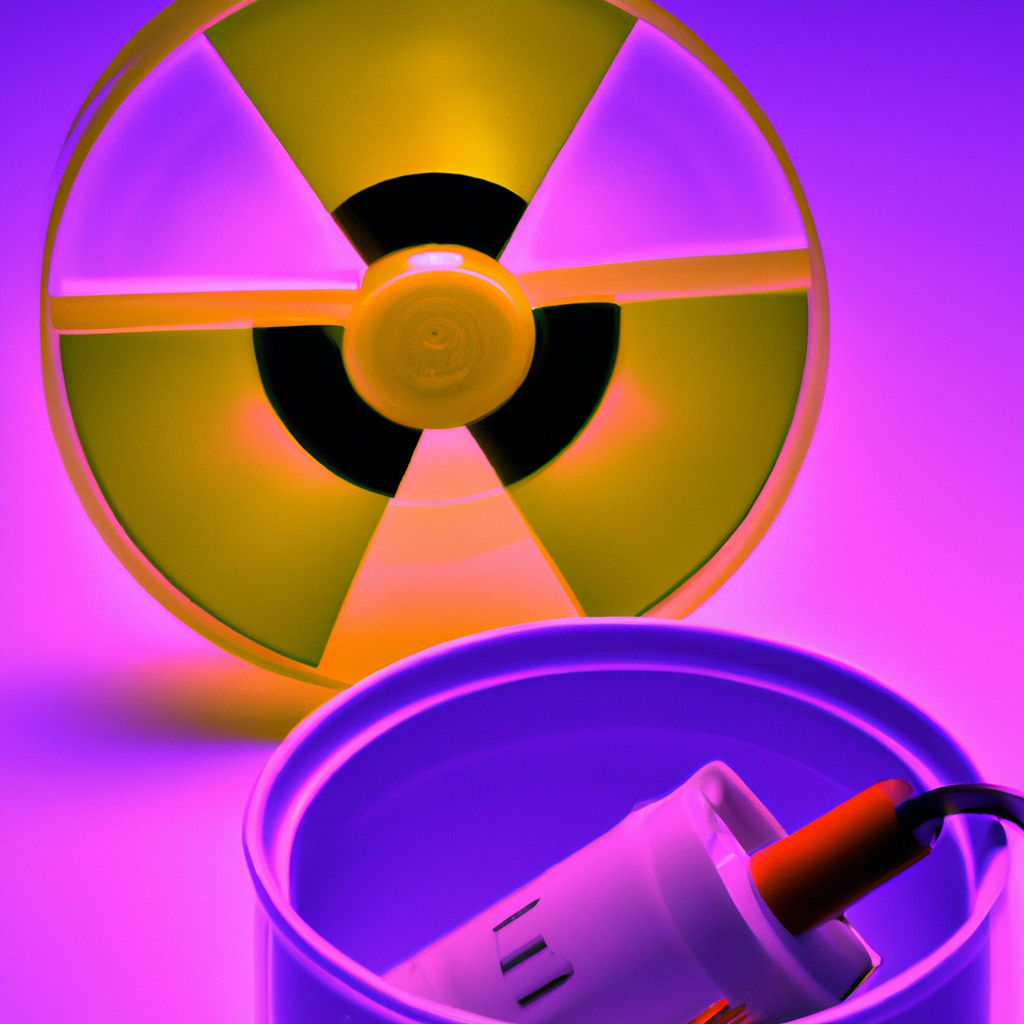In our daily lives, we often overlook the presence of materials that emit radiation, associating radioactivity primarily with nuclear power plants or medical imaging technology. However, radioactive materials can be found in a surprising array of common commodities, spanning various industries and applications. From the luminous glow of antique watches to the trace elements in fertilizers, these substances play a crucial role in modern society. This article delves into the diverse world of commodities containing radioactive materials, examining their uses, sources, and the implications for both safety and innovation. Understanding the pervasive nature of radioactivity in everyday products can offer insights into not only the benefits but also the precautions necessary to manage these potent elements responsibly.
Sure! Here's a content outline for an article on the topic "What Commodities Contain Radioactive Materials":
“`html
<!DOCTYPE html>
<html lang="en">
<head>
<meta charset="UTF-8">
<meta name="viewport" content="width=device-width, initial-scale=1.0">
<title>What Commodities Contain Radioactive Materials</title>
</head>
<body>
<section>
<h1>Introduction</h1>
<p>Radioactive materials are present in a variety of commodities that we might encounter in everyday life. Understanding which commodities contain these materials can help in making informed decisions about their usage and handling.</p>
</section>
<section>
<h1>Natural Sources of Radioactive Materials</h1>
<p>Some commodities naturally contain radioactive materials due to their geological origins. These include:</p>
<ul>
<li><strong>Uranium and Thorium Ores:</strong> Found in various types of rocks, these ores are sources of nuclear fuel.</li>
<li><strong>Radon Gas:</strong> A byproduct of the decay of uranium, radon can accumulate in homes, particularly in basements and lower levels.</li>
<li><strong>Potassium-40:</strong> A naturally occurring isotope found in bananas, salt substitutes, and other potassium-rich foods.</li>
</ul>
</section>
<section>
<h1>Manufactured Products Containing Radioactive Materials</h1>
<p>In addition to natural sources, some manufactured products also contain radioactive materials. A few examples include:</p>
<ul>
<li><strong>Smoke Detectors:</strong> Many smoke detectors use americium-241, a radioactive element, to detect smoke particles.</li>
<li><strong>Medical Equipment:</strong> Certain medical imaging devices and treatments use radioactive isotopes such as iodine-131 and technetium-99m.</li>
<li><strong>Glowing Watches and Clocks:</strong> Tritium and radium were historically used to make watch dials and clock faces glow in the dark.</li>
</ul>
</section>
<section>
<h1>Industrial Uses of Radioactive Materials</h1>
<p>Various industries utilize radioactive materials for specific applications. These include:</p>
<ul>
<li><strong>Oil and Gas Exploration:</strong> Radioactive tracers are used to map and study underground formations.</li>
<li><strong>Agriculture:</strong> Radioisotopes are used to improve crop yields and manage pests.</li>
<li><strong>Construction:</strong> Radiography is used to inspect the integrity of welds and materials.</li>
</ul>
</section>
<section>
<h1>Safety and Regulation</h1>
<p>The use of radioactive materials is strictly regulated to protect public health and safety. Agencies like the Environmental Protection Agency (EPA) and the Nuclear Regulatory Commission (NRC) set guidelines and standards for handling and disposing of these materials. It is important to follow these regulations to minimize exposure and reduce the risk of harmful effects.</p>
</section>
<section>
<h1>Conclusion</h1>
<p>Radioactive materials are found in a variety of natural and manufactured commodities. While their presence might raise concerns, proper regulation and handling ensure that these materials can be used safely. Being informed about which commodities contain radioactive materials can help individuals make knowledgeable choices and take appropriate precautions.</p>
</section>
</body>
</html>
“`













